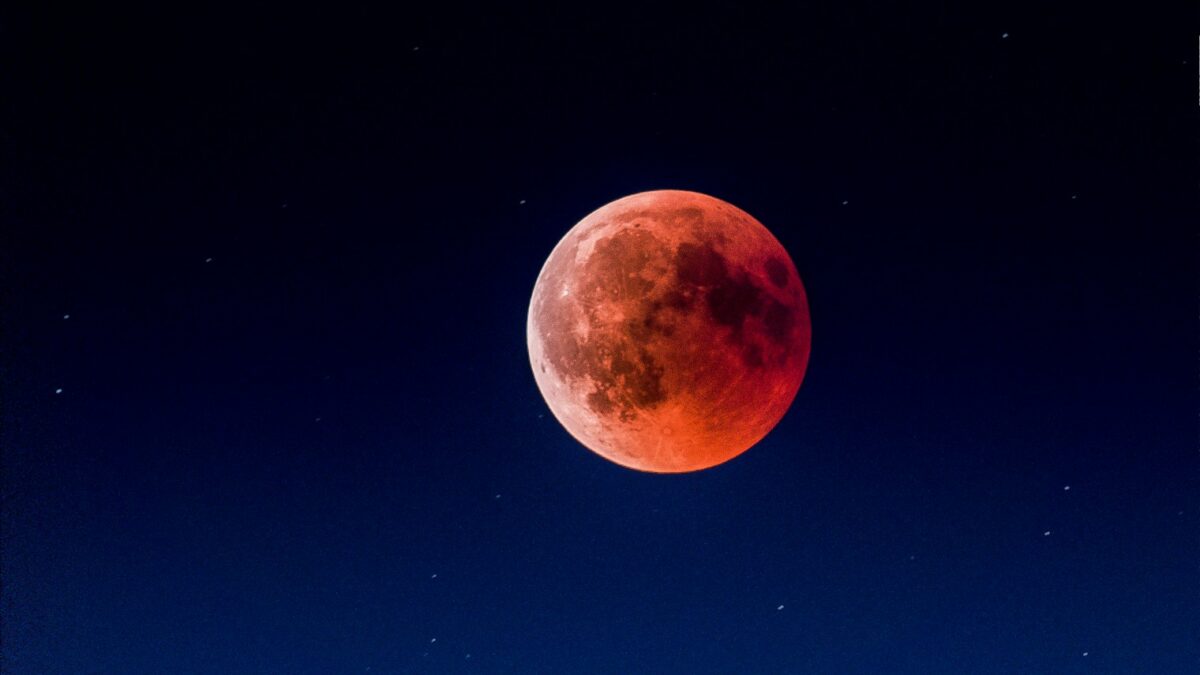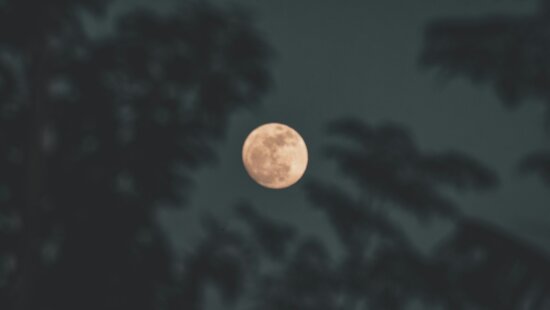Environment
June night skies over Summit County offer planetary pairings, moon magic, and solstice splendor

Photo: Photo by Martin Adams
SUMMIT COUNTY, Utah — From the return of Mercury to a close encounter between Mars and Regulus, June brings a dynamic stretch of night sky events to Summit County. According to the Old Farmer’s Almanac and NASA’s Jet Propulsion Laboratory, this month offers one of the richest lineups of planetary pairings, lunar phases, and astronomical milestones of the year.
Mars, Mercury, and Morning Planets
The month opened with a striking tableau: On June 1, a slender crescent moon hovered between Mars and Regulus, the blue-white star known as the heart of the constellation Leo. Jupiter briefly joined the scene in the western sky around 9:15 p.m., just as twilight deepened, according to the Old Farmer’s Almanac.
Mars remains visible after sunset through the month, although it fades in brightness compared to earlier spring. From June 16–18, NASA highlights an exceptionally close conjunction between Mars and Regulus. Observers in Summit County will be able to spot the red planet and blue star within a single binocular field—separated by a distance equal to the full moon’s diameter.
NASA also notes that Saturn and Venus will rise before dawn in the eastern sky throughout June. Saturn gains altitude as the month progresses, while Venus remains low on the horizon. The third-quarter moon will appear next to Saturn on June 19, followed by a crescent moon near Venus on June 22.
Mercury makes its best appearance of the year from June 12–30, shining at magnitude -0.8 and climbing to its highest point on June 27. The Old Farmer’s Almanac recommends looking low in the west-northwest just after 9 p.m. On June 26, Mercury will appear just beneath the crescent moon.
Moon Phases and Solstice Sunsets
June’s lunar phases bring opportunities for both brilliant moonlight and perfect stargazing. According to NASA, the phases this month are as follows:
First Quarter – June 3
Full Moon (Strawberry Moon) – June 11
Third Quarter – June 17
New Moon – June 25
The Old Farmer’s Almanac explains that the June full moon, traditionally called the Strawberry Moon, earned its name from early summer berry harvests. This year’s full moon will appear especially low on the horizon, creating a large, golden-orange glow ideal for photography.
On June 25, the new moon provides ideal dark-sky conditions for viewing the Milky Way’s bright core. As NASA notes, June marks the height of Milky Way “core season,” when the central band of our galaxy is visible arching across the night sky. While the naked eye reveals only a faint glow, long-exposure images and NASA’s telescopes unveil intricate star clusters and dust clouds, offering a glimpse into the galaxy’s structure and origins.
Solstice Alignments and Ancient Traditions
The summer solstice arrives on June 20 at 10:42 p.m. MDT, marking the longest day of the year in the Northern Hemisphere. NASA explains that the solstice occurs when Earth’s axial tilt leans most directly toward the Sun, producing maximum daylight and shifting the Sun’s path to its highest midday position.
The solstice is a significant astronomical event with roots in human history. From Stonehenge in England to Chichén Itzá in Mexico, cultures around the world built monuments aligned with the solstices. As NASA’s Jet Propulsion Laboratory points out, pausing to watch the sunset on this day is a shared experience that connects modern observers with ancient skywatchers across centuries.
Summer Constellations and the Milky Way
In addition to planetary action, familiar constellations rise into prominence this month. The Old Farmer’s Almanac recommends spotting the Big Dipper high in the northwest sky after dusk, while the Summer Triangle—made up of Vega, Deneb and Altair—anchors the eastern sky later at night.
With clear mountain air and minimal light pollution in many parts of Summit County, June offers a prime opportunity to look up and connect with the cosmos.
For more information on upcoming celestial events and space missions, visit science.nasa.gov or check the Old Farmer’s Almanac‘s night sky calendar.



















